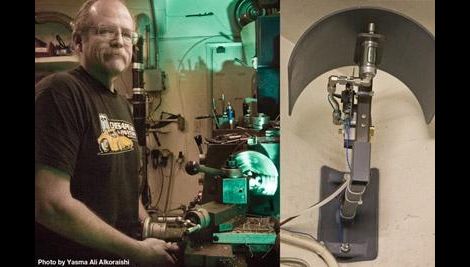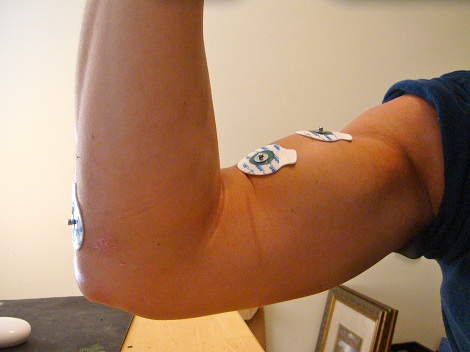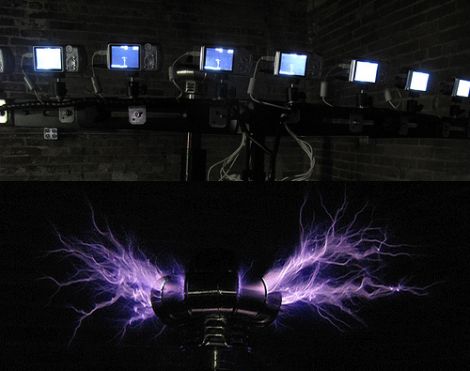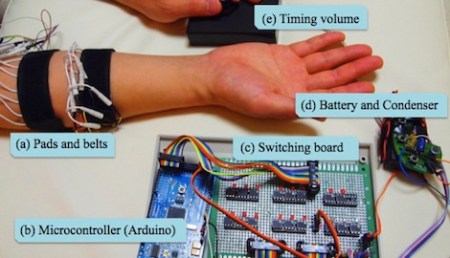We’ve all heard of solar cells that charge your devices, or the odd flashlight that charges when you shake it, but this style charger should be new to almost everyone. This “pan charger” is reportedly capable of charging a cell phone or other mobile device using a USB connection in 3 to 5 hours. It also has a built-in radio and lantern. This should be a great tool for surviving a zombie apocalypse or if you simply live in a region without readily available power.
A second charger, currently being used in Africa, is an adaptation of a small generator hooked up to a bicycle. As this form of transportation is quite common in developing nations, this simple idea definitely shows promise. Check out the video of the bike cell phone charger after the break. Continue reading “Alternative Phone Charging Devices”

















